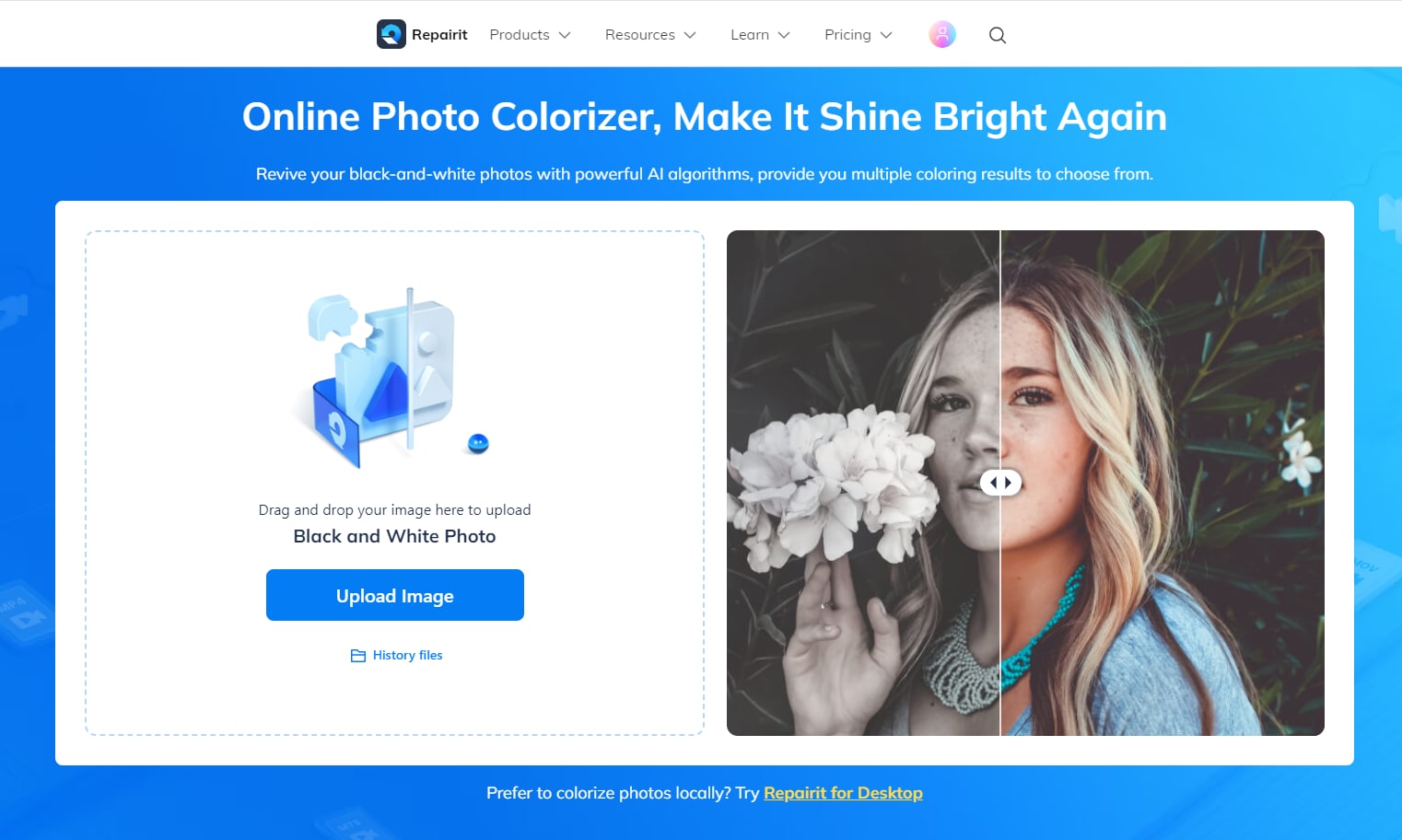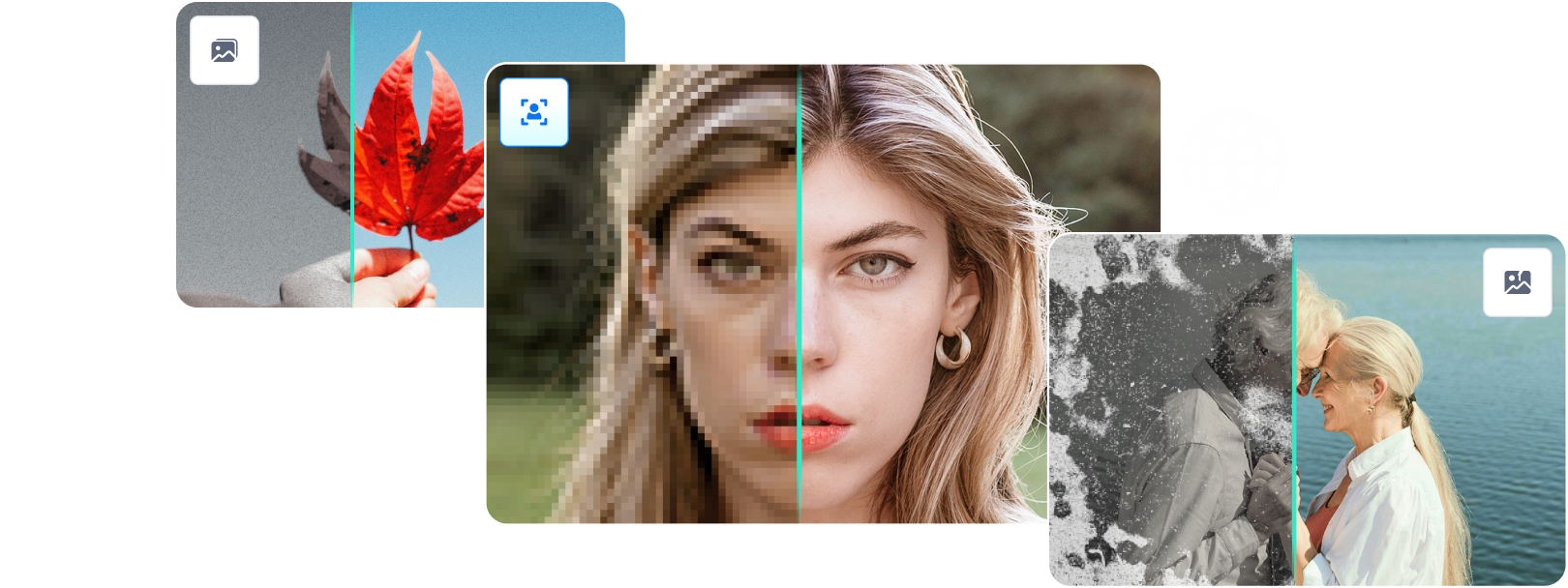
Converting colors from one system to another is essential, particularly in image processing, design work, and digital media. Different applications and devices use different color systems or codes to display colors. Converting them allows you to present the same colors on various apps or devices.
On the other hand, display devices and printers have different color gamuts and produce different color ranges. Converting colors from one system to another allows you to print the exact colors you see on the screen. There are also various standardization considerations that are critical in printing and digital media.
No matter your needs, learning about converting RGB to YUB is essential, so let’s start from the basics.
In this article
Explaining the RGB and YUV Color Spaces
RGB and YUV are separate color systems representing color values, especially in video processing and digital imaging. Here’s what you should know about them:
RGB
These three values represent RGB: Red, Green, and Blue. All colors within this color space are made by mixing different variations of these three colors. This color system is also called the “additive color model” since colors are created by adding primary color light.
When combining all three colors with their full intensity, you get white. When all of the colors are absent, the result is black. RGB color system is commonly used for electronic displays like scanners, cameras, TV screens, and computer monitors.
YUV
YUP divides image information into two parts: luminance and chrominance. Luminance is brightness, and chrominance is color information, and describes the intensity or the brightness of an image. It’s a black-and-white component of an image is the blue difference, while . is the red difference. The YUV color system is used for video compression, and separating its two components reduces the required data for representing video frames or images.
The YUV system allows efficient processing and compression when separating color and brightness information. Since the human eye is less sensitive to color changes than brightness, separating the components and lowering data requirements is vital while maintaining quality.
Key Differences Between RGB and YUV in Digital and Human Perception

Even though RGB is very effective for displaying colors on electronic displays, human vision is more sensitive to brightness changes. Simply put, RGB doesn’t align well with how humans see images. On the other hand, since YUV separates luminance and chrominance, these colors align better with how we see colors.
This separation also gives better compression capabilities as we can subsample chrominance without disrupting image quality. RGB requires more resources for digital representation since all color channels must be processed independently.
YUV is simpler regarding video processing applications, especially for effects or color adjustments, since they are usually applied separately to Y and UV components.
Why RGB to YUV Conversion Is Necessary

RGB to YUV conversion is a common requirement in various digital media operations, especially when discussing compression and video processing. Here are some of the applications and reasons why you might want to convert RGB to YUV:
Improved Compression
Since YUV separates brightness and color, it’s a better option for compression applications. Video and image compression are common practices for various applications, and converting RGB to YUV gives you a crucial advantage. Instead of using more data and wasting time on compression, you can use YUV colors without losing quality.
Complying With Coding Standards
All videos have coding standards. In many cases, the standards used are H.264 and MPEG. These standards use the YUV color system for color representation. Converting RGB to YUV is crucial, as it allows you to comply with the standards.
Effective Bandwidth Use
YUV color representations are more bandwidth-efficient when storing or transferring files than RGB colors. That’s especially true when there’s an option for subsampling color details without losing image quality.
Video Editing
Since YUV is a better color system option for editing and processing, choosing it over RGB is natural. All adjustments, edits, and processing are made independently, simplifying the overall video editing operation.
Matching Broadcasting Standards
The current standard for broadcasting in the TV industry requires YUV colors. Whenever you’re creating content or editing for TV purposes, you should look to convert RGB to YUV. If not, your work will be completely unusable, and you won’t be able to charge for your services.
Compatibility Requirements
Many software applications, video codecs, and hardware devices are designed to work with YUV data and only support this color system. In some other cases, using YUV data simply gives you more options. That’s why converting RGB to YUV is essential for better compatibility and smooth integration within different systems.
Lowering Storage Requirements
Since we can use YUV color representation for better compression without affecting the overall quality of images or videos, organizations often convert RGB to YUV for more storage space. It might not be a problem for individuals who don’t have a lot of material, but storage is an important factor for large-scale operations.
Color Space Transformation
If you want to perform grading or color correction on videos, it’s generally a good idea to use YUV since it can simplify the process. This format lets you edit colors and lights separately, opening up more opportunities.
RGB to YUV Conversion Formulas

The manual method for converting RGB to YUV uses various mathematical formulas and operations. The exact formulas can differ depending on the conventions and standards used. Still, this conversion's general set of formulas is based on the ITU-R BT.601 standard and ITU-R BT.709 standard.
The first is for SDTV (standard-definition television), and the second is for HDTV (high-definition television). Here are the main formulas:
- The formula for standard-definition television:
Y=0.299*R+0.587*G+0.114*B
U=−0.14713*R−0.28886*G+0.436*B
V=0.615*R−0.51498*G−0.10001*B
- The formula for high-definition television:
Y=0.2126*R+0.7152*G+0.0722*B
U=−0.09991*R−0.33609*G+0.436*B
V=0.615*R−0.55861*G−0.05639*B
Y - brightness (luminance)
U & V - color information (chrominance)
R, G, & B - red, green, and blue components.
RGB to YUV Converters

Various tools and libraries can be used to convert RGB to YUV. Some are standalone converters, some are online tools, and some are programming libraries. Here are a couple of tools to convert RGB to YUV:
OpenCV
This popular Python library has extensive image and color processing capabilities. Users must understand the basics of Python and programming algorithms to convert colors.
ImageMagick
ImageMagick is a command-line tool used for color and image processing. It can convert various images and color systems.
Calculatormix RGB to YUV calculator:
This online color converter converts RGB to its closest YUV value. You simply enter the RGB value and instantly get a matching YUV code.
FFmpeg
This is another command line tool used for multimedia processing. It can work with various formats, including RGB and YUV.
Challenges of Converting RGB to YUV

Performance Issues
Depending on your action, the conversion process can get resource-heavy when working on larger video streams or images. That requires additional optimizations and algorithms for future real-time use.
Minimizing Color Space Variations
RGB and YUV display colors in different ways. YUV separates colors and brightness, while RGB is an additive system. The differences in perception between these systems create challenges in getting accurate results when converting them.
Errors and Precision
Rounding errors can often happen when converting RGB to YUV, particularly when converting floating-point to integer values. Over time, these errors can accumulate and disrupt overall precision and quality.
Bonus Advice: How to Quickly Color Black & White Images

If you’re working with many black-and-white images, you must color quickly so that you can further edit them and ultimately convert from RGB to YUV. There’s a way to do this quickly. Even some of the simplest tasks can be tedious when working with bulk data.
That’s why you should use Repairit Online Photo Colorizer, which utilizes powerful AI algorithms to color your images quickly and provide three different variations of your images. This tool recognizes the elements in the image and context using algorithms and colors them in the most logical color palettes.

This tool allows you to add images with a maximum size of 300 MB, and it works with some of the most common formats, including JPG, JPEG, PNG, WEBP, and BMP. You can use the online version or download a desktop version if that’s what you like better.
Conclusion
Converting RGB to YUV is easier than it used to be. In the past, you had to do the conversion manually, but today, various tools make the process easier. Take the time to read our post again and learn more about the process if you’re having any doubts.
It’s important to understand these color systems and their top applications before you start converting them. Feel free to try out the conversion tools we’ve recommended.


 ChatGPT
ChatGPT
 Perplexity
Perplexity
 Google AI Mode
Google AI Mode
 Grok
Grok
